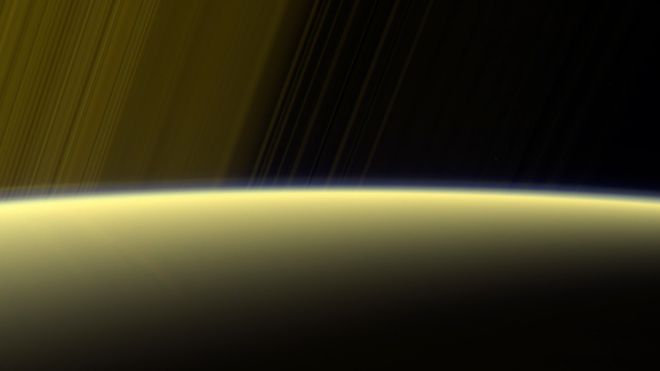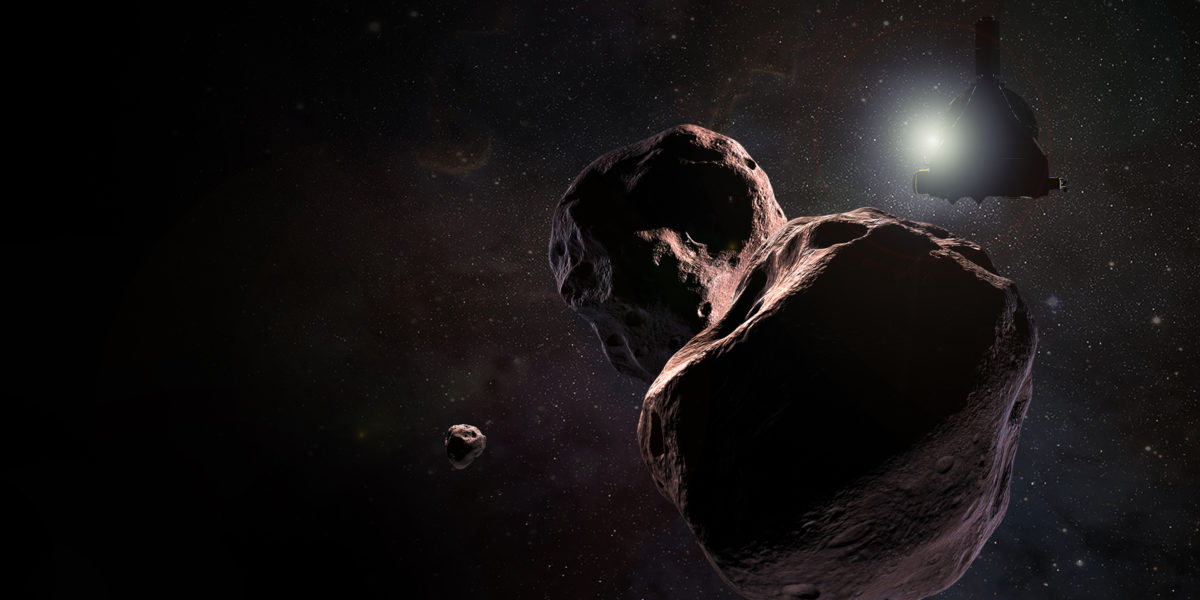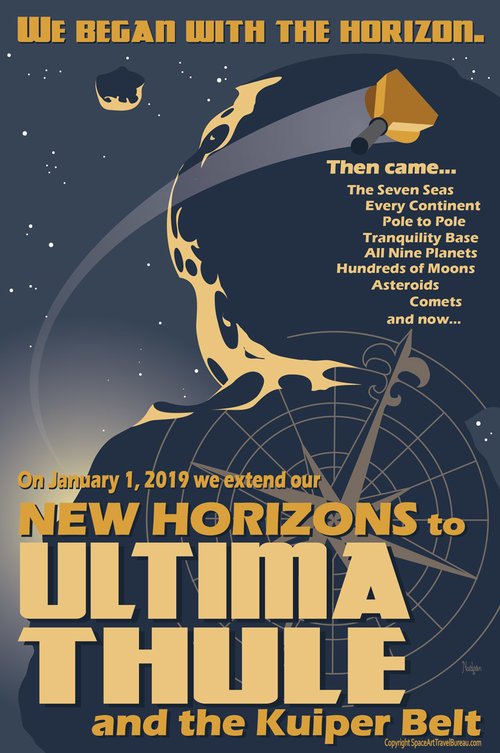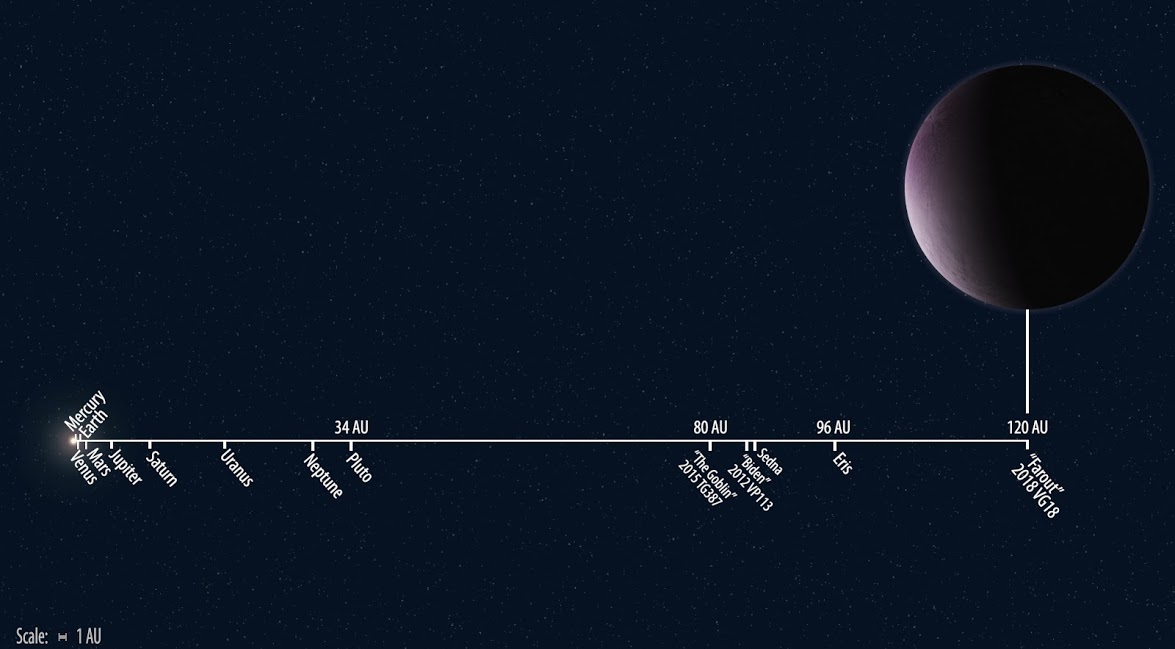Last year, when Minnesota passed a groundbreaking law on best practices for providing pollinator habitat at solar power sites, they also (unexpectedly) helped launch something called Solar Honey, in which solar companies and commercial beekeepers work together in a mutually beneficial arrangement.
Link: https://www.smithsonianmag.com/innovation/solar-power-and-honey-bees-180964743/





